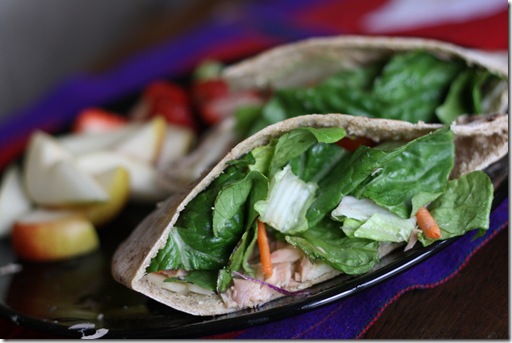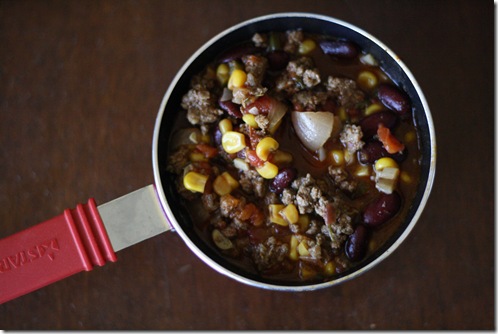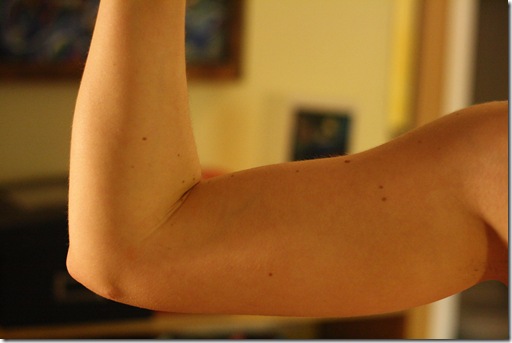Blog Archives
Eating To Heal
I have to say, as an active person, being sidelined with an injury blows. But there is a silver lining here. I hope because I am a healthy active person, my body will be able to recover better.
If you’re wondering what the hell I’m talking about, I had an accident on Friday and needed reconstructive surgery on my elbow. Detailed recaps here and here.
There are two things I am worried about right now:
1) That one of the screws in my arm is coming loose and I’ll need more surgery to fix it. I’ll find out Friday for this one.
2) The piece of bone the screws are in was completely shattered. If this bone doesn’t heal properly, it will have to be replaced with a piece of prosthetic. More surgery. Only time will tell on this one.
So basically, I want to do anything I can to avoid more surgery. I want to make sure healthy cartilage is growing and the shattered pieces are healing. I want to take care of my joints to decrease the high risk of arthritis I now have.
There are a lot of ways to do this. My mind of course goes to one thing: FOOD.
Thus I present you…
Foods For Healthy Joints
This isn’t just for the injured. Being physically active is hard on your joints. Not being active is hard on them. Being human is hard on them!
My focus is on things that will help build healthy cartilage. That’s the flexible connective tissue in many areas of our bodies, including in joints.
Eggs

Whole eggs contain Vitamin A which help form and maintain tissue. They also have Vitamin D which helps with calcium absorption.
Dairy

I only really like yogurt, cottage cheese and regular cheese, so that’s what I’ll be sticking to. For the calcium – duh!
Oranges

The average sized orange has more than the recommended daily amount of Vitamin C. Most used for fighting off colds, Vitamin C is also essential for repairing cartilage. It’s also used in forming tendons, ligaments and blood vessels. Because it’s a water-soluble vitamin, you need to replace it every single day. Other foods high in Vitamin C include strawberries, cantaloupe, potatoes and leafy green vegetables.
Tofu

High in magnesium and calcium. Foods high in magnesium stimulate the production of calcitonin, which increases calcium in the bones.
Tuna + Salmon
Check out this tuna, hummus and havarti pita I assembled today ALL BY MYSELF. I was quite proud of my one-handed masterpiece :) These fish are high in essential fatty acids, which lubricate the joints. Will definitely be key once I start my physiotherapy.
Protein
Okay so, this isn’t really for joint health. But protein, B vitamins and iron keep me energetic and in good spirits. I like to think this helps my body heal. My sister’s delicious homemade chili made with local organic beef has been perfect.
Water

Water also helps lubricate the joints. I’m also paying close to my hydration levels seeing as I’m taking a lot of medications. I don’t want any kidney or liver damage!!
Last but not least, I would like to have a moment of silence for my budding biceps. Brah.
Seeing as I won’t be able to do weighted movement with my elbow for several months, bicep and tricep exercises are a long way off. The only joint required in those moves is the elbow. Goodbye arm definition… I hope we someday get to meet again…








